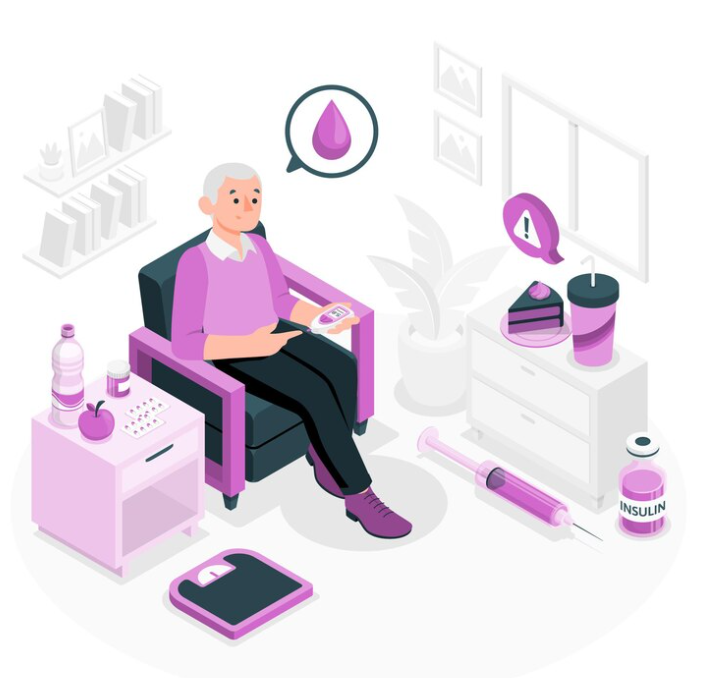
The Role of Hormones in Diabetic Gangrene in Elderly Patients: Special Considerations and Management
Diabetic gangrene poses unique challenges for elderly patients, but with proper understanding and management, it’s possible to navigate this condition effectively. Hormones play a crucial role in this process, influencing various aspects of health and well-being. Let’s explore some special considerations and management strategies for diabetic gangrene in elderly patients.
Special Considerations:
- Decreased Immune Function: As people age, their immune function may weaken, making them more susceptible to infections associated with diabetic gangrene. This highlights the importance of vigilant wound care and infection prevention measures.
- Reduced Mobility: Elderly individuals may have limited mobility due to age-related conditions such as arthritis or frailty. This can increase the risk of foot injuries and pressure ulcers, which can lead to diabetic gangrene if not properly managed.
- Comorbidities: Elderly patients often have multiple chronic conditions, such as heart disease or kidney disease, which can complicate the management of diabetic gangrene. Close coordination between healthcare providers is essential to address these comorbidities effectively.
Management Strategies:
- Regular Foot Exams: Elderly patients should undergo regular foot exams to check for any signs of diabetic gangrene, such as cuts, sores, or changes in skin color or temperature.
- Optimized Blood Sugar Control: Maintaining stable blood sugar levels is critical for preventing diabetic complications, including gangrene. Elderly patients may need adjustments to their diabetes medications or insulin regimen to achieve optimal control.
- Proper Wound Care: Prompt treatment of any foot wounds or ulcers is essential to prevent infection and progression to diabetic gangrene. This may include cleaning the wound, applying dressings, and offloading pressure from the affected area.
- Nutrition and Hydration: Elderly patients should maintain a balanced diet rich in nutrients to support wound healing and overall health. Staying hydrated is also important for promoting tissue repair.
- Mobility Aids: If mobility is limited, elderly patients may benefit from assistive devices such as walkers or wheelchairs to reduce the risk of falls and foot injuries.
Conclusion:
Managing diabetic gangrene in elderly patients requires careful consideration of their unique needs and challenges. By addressing special considerations and implementing appropriate management strategies, healthcare providers can help elderly patients effectively navigate this condition and improve their quality of life.
To seek medical advice, always consult a Doctor. Here are our recommended experts. Click Here
To read more on Diabetic gangrene. Click Here



